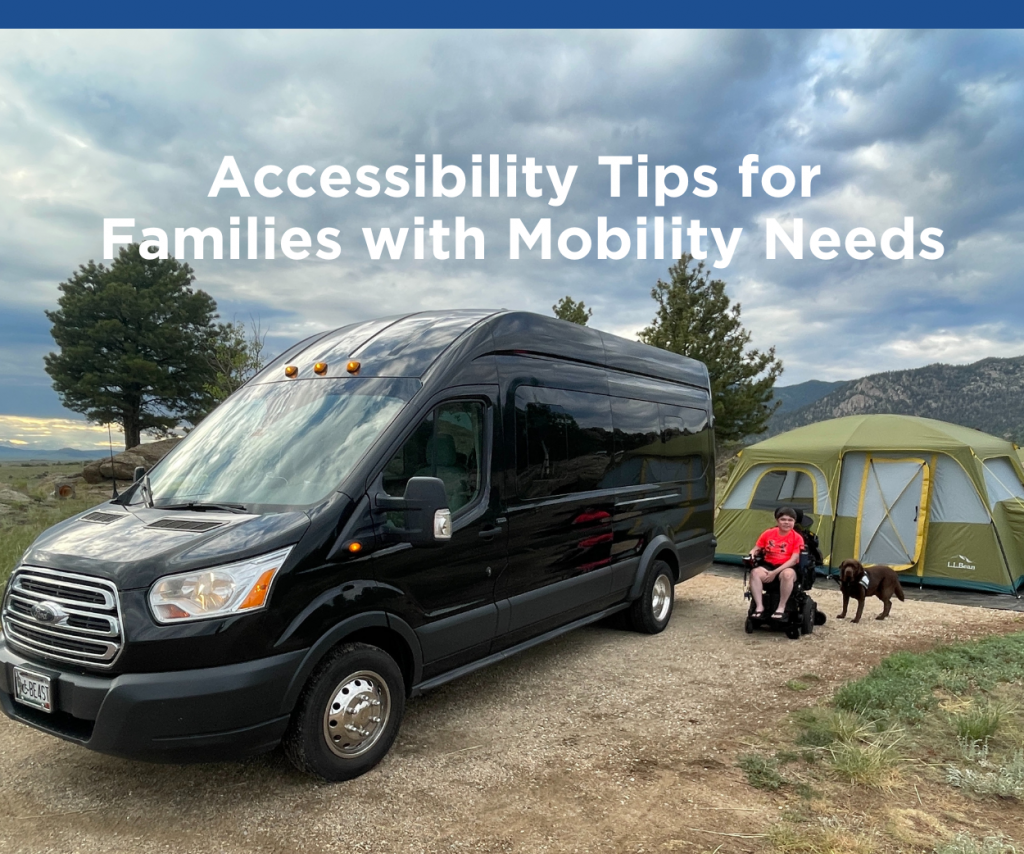Guide To Preventing Bathroom Injuries: Part 1
Approximately 53 million Americans live with a disability, and according to a recent study, the most common disability is associated with limited mobility. Unfortunately, it can be difficult for those with limited mobility to complete necessary tasks, such as using the bathroom. Each year, nearly 235,000 people experience injuries in the bathroom, according to the United States Center For Disease Control and Prevention. Fortunately, there are many precautions that those with limited mobility can take to minimize their chances of sustaining injuries in the bathroom. Here’s part one of our guide to preventing bathroom injuries.
Invest In Grab Bars
First, grab bars are some of the most popular devices designed to enhance bathroom safety and mobility. In fact, according to HomeAdvisor’s 2016 Aging in Place Report, home service professionals say the top aging-in-place projects they’ve been hired to do include installing grab bars (71%) and adding entryway wheelchair ramps (54%). When installing bathroom grab bars, make sure to use solid screws as opposed to simply nailing them into the drywall. And of course, always test them for stability and durability by putting your weight on them. They need to be able to truly prevent you from falling and should not budge at all.
Avoid Slippery Floors
It’s easy to fall and injure yourself on floors that are slick and slippery. Make sure to put down some sort of absorbent mat outside your shower or bathtub and do your best to keep your floors dry. It’s a good idea to get mats that have a non-slip grip on the bottom, and of course, make sure it’s large enough to keep excess water contained and your bathroom floors dry.
Add a Walk-In Shower
If you currently have a tub with a high edge, it definitely increases the risk of slipping and falling while entering and exiting. A safer option is to eliminate the need to step over any type of edge and opt for an edgeless shower. Walk-in showers are much safer and reduce the risk of falls related to getting in and out.
Ultimately, understanding these bathroom safety tips can help you prevent injuries and maximize the safety of your bathroom. Keep an eye out for the next post, where we’ll discuss even more bathroom safety tips designed to optimize mobility and elderly independence.
More Stories
Related Articles
Camping Made Possible
Depending on what climate you live in, late fall to early spring can be the perfect time to squeeze in a camping trip, and the…
Last Minute Holiday Gift Guide for People with Disabilities
Looking for the perfect last minute gift for someone who uses mobility equipment? Our holiday gift guide has you covered! The holiday season is here,…
Making a Home Safe for Seniors
Did you know that 55% of all senior fall injuries happen inside their house?* As people age, they often lose some level of mobility, strength,…


